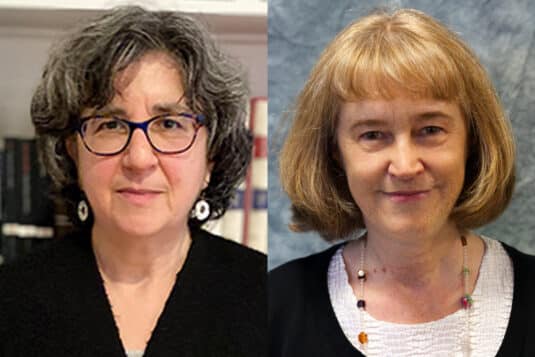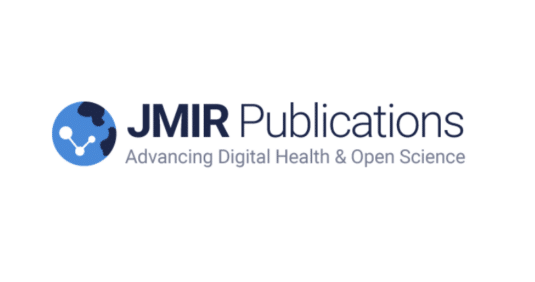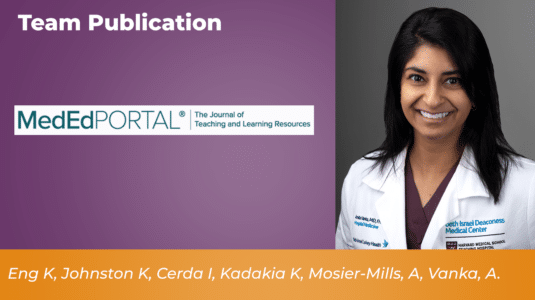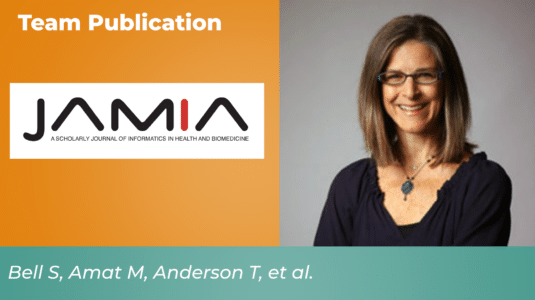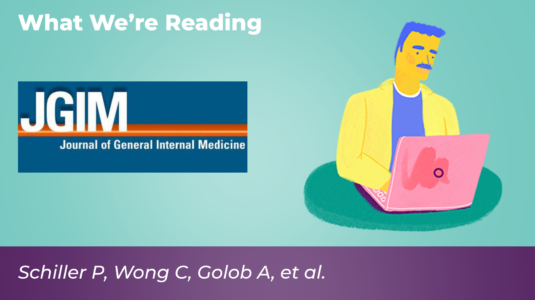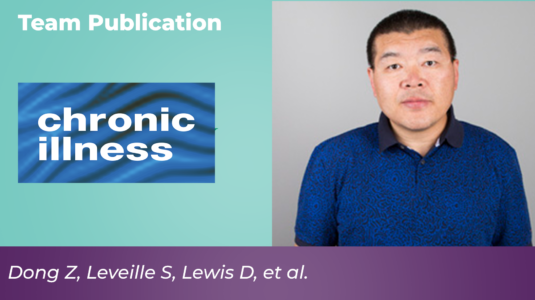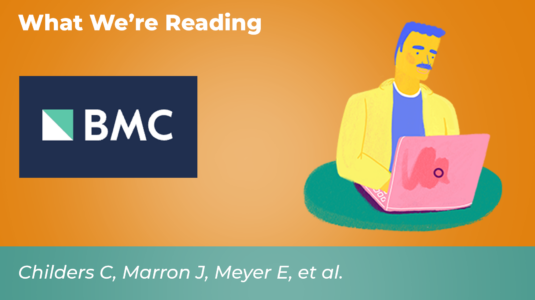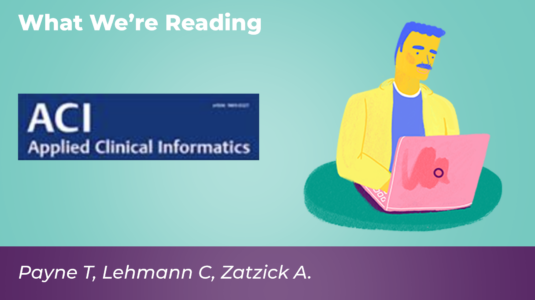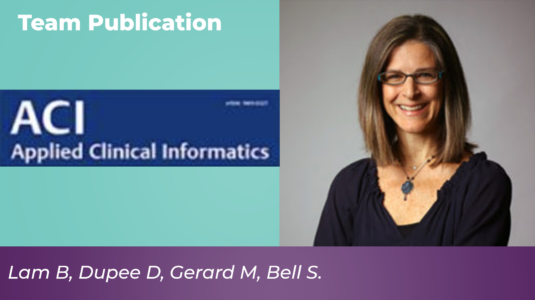This study tested self-directed tools for older adults with chronic conditions to identify healthcare priorities. Website engagement was low, but 26% completed an Epic previsit questionnaire. Most found it helpful, and physicians noted it facilitated end-of-life care discussions.
Primary Care
Patient portals fail to collect structured information about who else is involved in a person’s care
“Shared access” uses separate identity credentials to differentiate between patients and care partner portal users. EHR vendors must recognize that both patients and care partners are important users of their products and acknowledge and support the critical contributions of care partners as distinct from patients.
A patient-centered documentation skills curriculum for preclerkship medical students in an open notes era
We developed this session for first-year medical students within their foundational clinical skills course to place bias-free language at the forefront of how they learn to construct a medical note. While the longitudinal impact remains to be seen, it is clear patient-centered documentation skills should be an integral part of documentation education.
Do patients who read visit notes on the patient portal have a higher rate of “loop closure” on diagnostic tests and referrals in primary care? A retrospective cohort study
Compared to no portal registration, the odds of loop closure were 20% higher in tests/referrals for patients with a portal account, and 40% higher in tests/referrals for note readers, after controlling for sociodemographic and clinical factors. However, important safety gaps from unclosed loops remain, requiring additional engagement strategies.
Internal medicine intern preparedness to document clinical encounters in the era of open notes: A needs assessment survey
[…] This study identifies a need to improve documentation education in the era of open notes. Additional research into the best ways to teach, write, and incorporate open notes into practice may empower trainees to use documentation to further improve patient care.
People with diabetes who read their clinicians’ visit notes: Behaviors and attitudes
People with diabetes want to read their clinicians’ notes, are accessing them at high rates, and report understanding the notes and benefiting from reading them. Clinicians can encourage further engagement by enhancing the readability of notes and discussing the availability of notes with patients.
Clinical ethics consultation documentation in the era of open notes
The new regulatory requirements of the 21st Century Cures Act provide a valuable opportunity to involve patients more actively in the documentation and telling of their own story of ethical complexity. Healthcare systems should take advantage of this new era and use open notes as a way to improve CECs documentation and, ultimately, patient care.
The voice of the patient and the electronic health record
The patient’s voice […] and their preferences for care and its outcomes, is too small a part of the electronic health record (EHR). If you are a researcher or innovator, collaborate with patient groups and clinicians to create new ways to capture the patient voice, and to leverage it for good.
A patient-centered approach to writing ambulatory visit notes in the Cures Act era
Most note-writing guides to date have focused on the experience of clinicians. Here, we build on these tips by integrating patient perspectives related to note-reading.
Open notes in patient care: confining deceptive placebos to the past?
In some countries, the practice of “open notes” is advanced with patients using online portals to access their clinical records. In this report, the authors reflect on the consequences of access for placebo prescribing, particularly for the common practice of deceptive placebo use, in which patients are not aware they are being offered a placebo.
